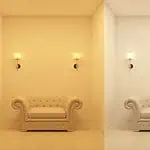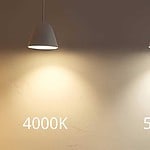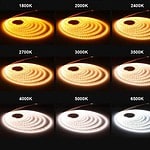Color temperature plays a crucial role in determining the ambience and functionality of your space, and knowing the differences between color temperatures like 2700K and 5000K is essential for making the right lighting choices.
The key difference between 2700K and 5000K is that 2700K produces a warm, yellowish light ideal for cozy and intimate spaces, while 5000K emits a cool, bluish-white light suitable for task-oriented areas or workspaces.
In this article, we’ll delve deeper into the science of color temperature, compare 2700K and 5000K lights in detail, and offer guidance on selecting the best color temperature for your needs.
Understanding Color Temperature
Definition of color temperature
Color temperature is a measure of the color characteristics of light, expressed in degrees Kelvin (K). It indicates the hue of a light source, ranging from warm (lower Kelvin values) to cool (higher Kelvin values).
The Kelvin scale
The Kelvin scale is a temperature scale used to describe the color temperature of light. The scale starts at 0K (absolute zero) and has no upper limit. In lighting, color temperatures typically range from 1000K to 10,000K.
Color temperature in lighting
Color temperature plays a crucial role in lighting design, affecting the appearance of a space, the color rendition of objects, and even human mood and behavior.
The Science Behind Color Temperature
Black body radiation
Color temperature is based on the concept of black body radiation. A black body is an idealized object that absorbs all incident light and emits radiation as it is heated. The color of the emitted light changes as the black body gets hotter, shifting from red to orange, yellow, white, and blue.
Emission spectrum of light sources
Different light sources have different emission spectra, which determine their color temperature. Incandescent bulbs, for example, have a continuous spectrum that closely resembles the black body radiation curve, while fluorescent and LED lights have more complex spectra.
The impact of color temperature on light quality
Color temperature affects the appearance of illuminated objects, influencing color rendering, contrast, and visual comfort. It can also impact human well-being, affecting mood, alertness, and sleep quality.
Exploring 2700K
Characteristics of 2700K light
2700K light has a warm, yellowish-white color, similar to the glow of a traditional incandescent bulb. It creates a cozy and intimate atmosphere, enhancing feelings of relaxation and comfort.
Applications of 2700K lighting
1. Residential lighting: 2700K is a popular choice for residential lighting, particularly in living rooms, bedrooms, and dining areas, where a warm, inviting ambiance is desired.
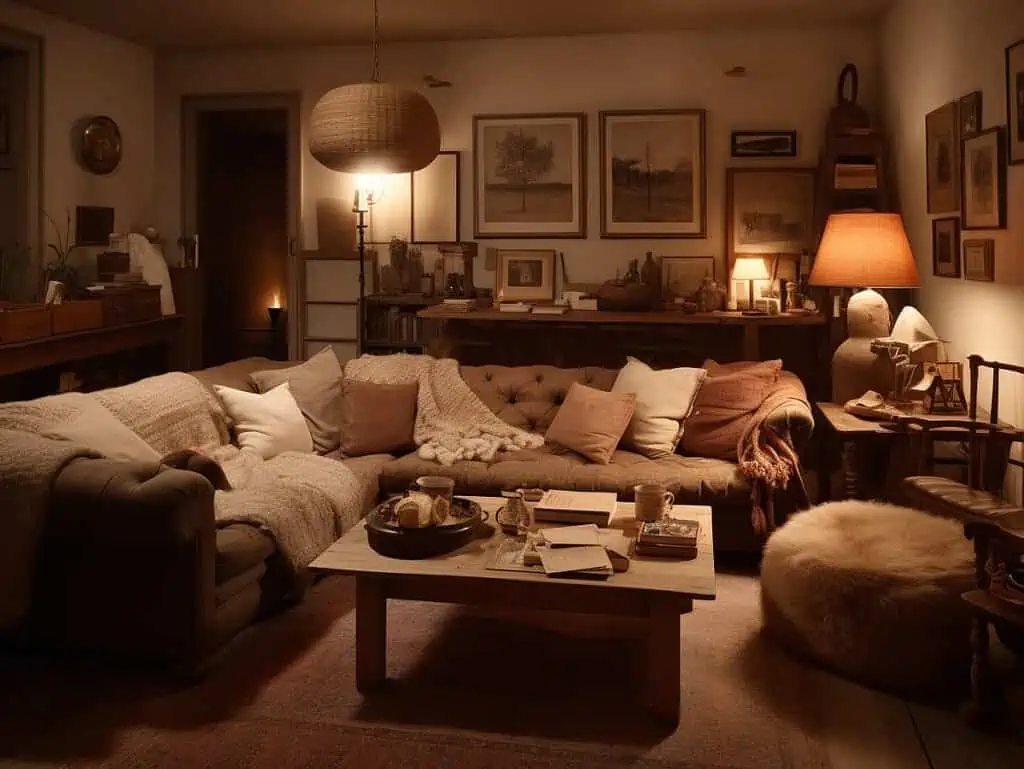
2. Hospitality industry: Hotels, restaurants, and bars often use 2700K lighting to create a welcoming and soothing environment for their guests.
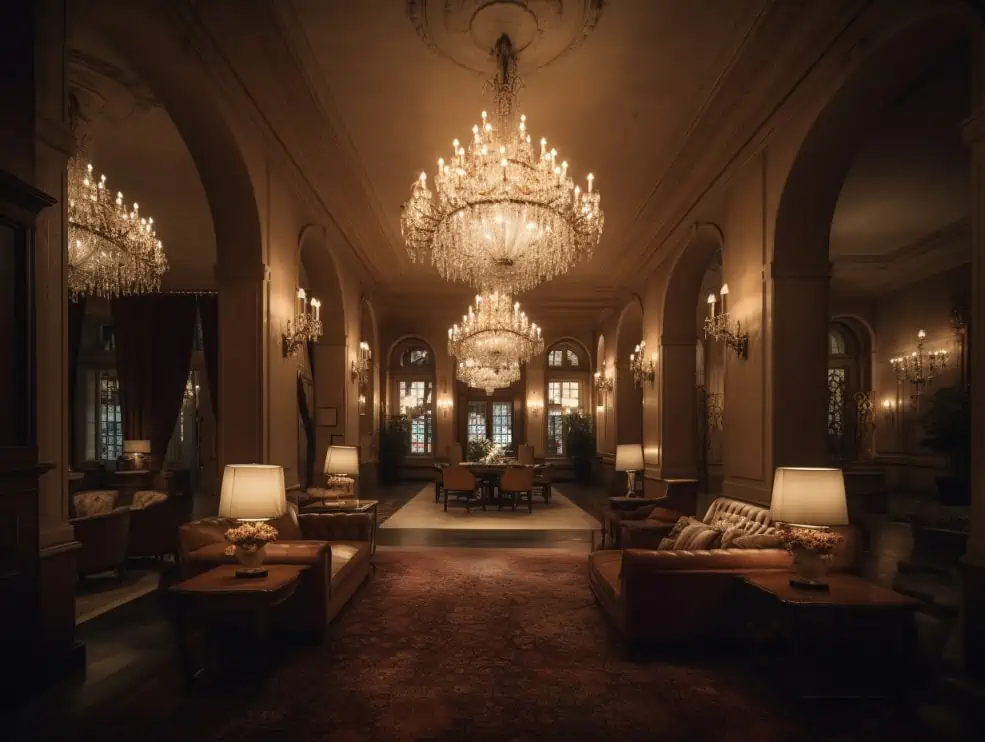
3. Art and museum galleries: 2700K light can enhance the appearance of artwork, especially warm-toned pieces, by providing a natural, flattering illumination.
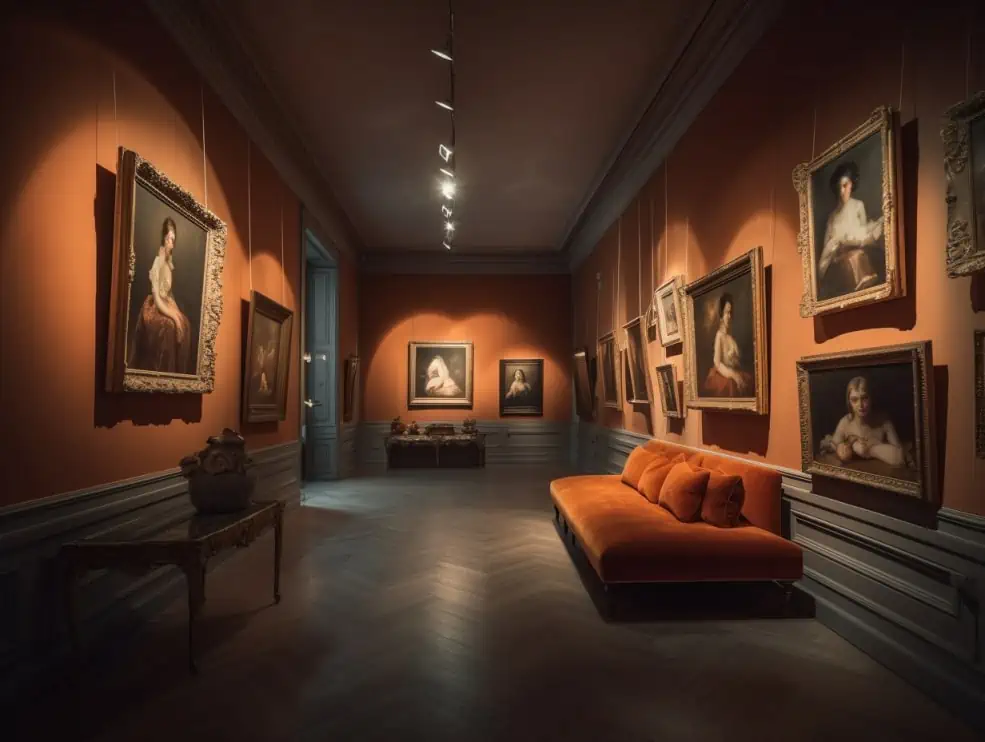
Exploring 5000K
Characteristics of 5000K light
5000K light has a cool, bluish-white color that resembles daylight. It is often perceived as brighter and more energizing than lower color temperatures.
Applications of 5000K lighting
1. Commercial spaces: Offices, retail stores, and other commercial spaces often use 5000K lighting to promote alertness and productivity.
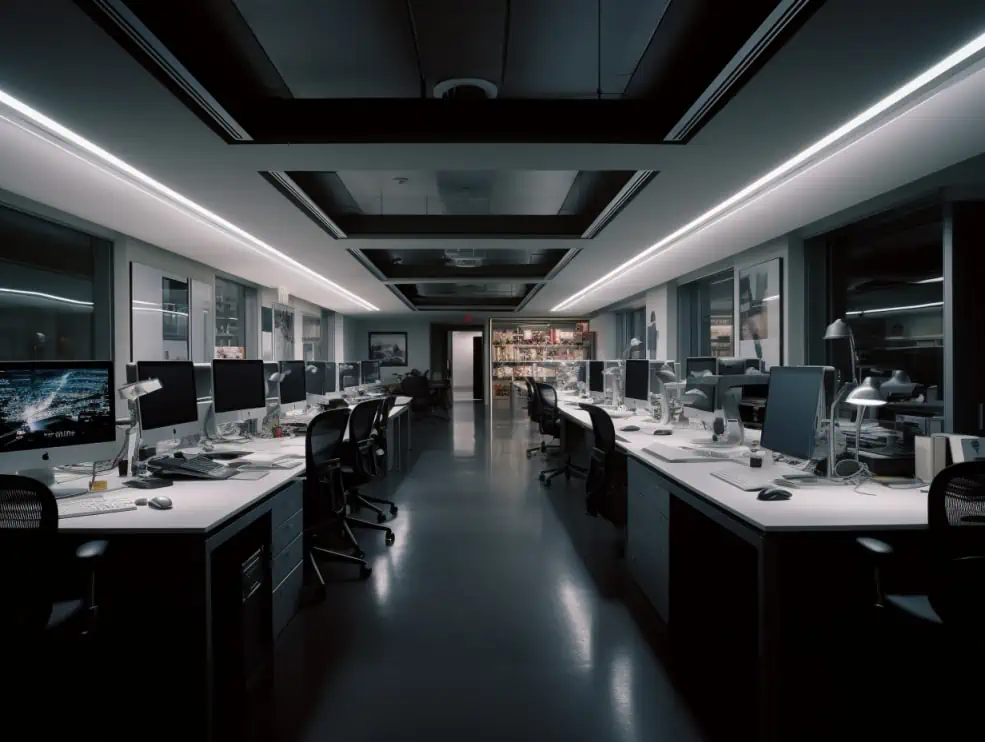
2. Outdoor lighting: 5000K is an excellent choice for outdoor lighting, as it provides clear visibility and closely mimics natural daylight.

3. Task lighting: The cool, bright light of 5000K bulbs is ideal for task lighting, such as in workspaces, kitchens, and garages, where detailed work and high visibility are required.
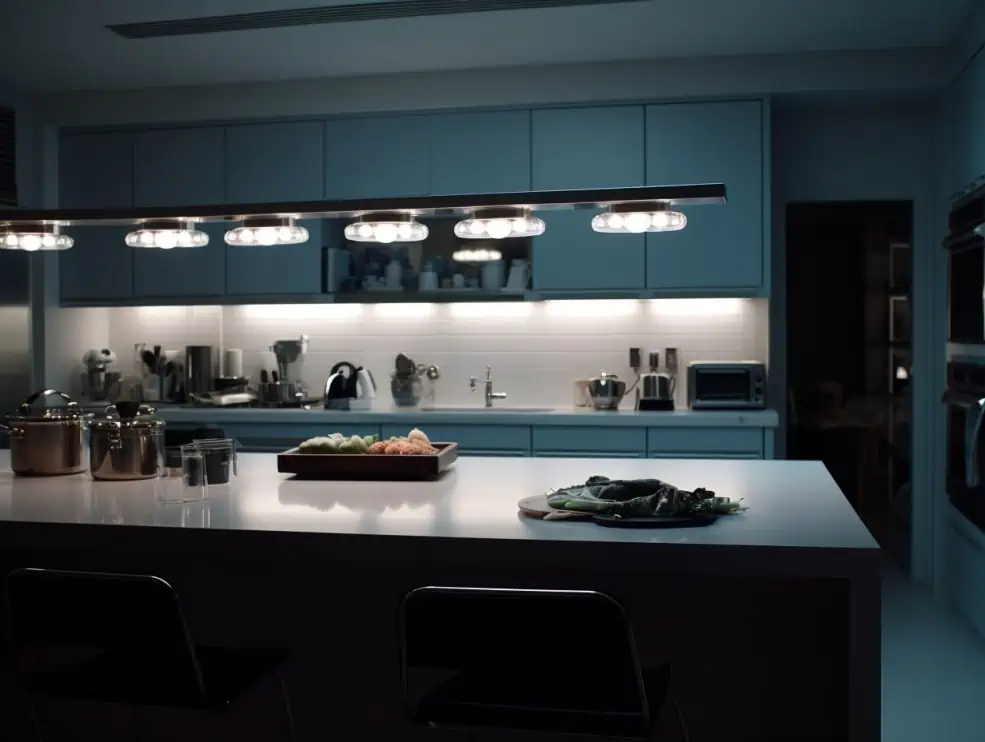
Comparing 2700K and 5000K
When comparing 2700K and 5000K, it’s essential to understand their unique characteristics and how they impact various aspects of your environment. The following table provides a quick comparison of these two color temperatures:
| Aspect | 2700K (Warm White) | 5000K (Cool White) |
| Appearance | Yellowish, warm light | Bluish-white, cool light |
| Ambience | Cozy, intimate, and inviting | Bright, crisp, and energizing |
| Ideal Applications | Residential lighting, hospitality, and art galleries | Commercial spaces, outdoor lighting, and task lighting |
| Psychological Effects | Calming, relaxing, and comfortable | Stimulating, alertness, and productivity |
| Energy Efficiency | Slightly lower efficiency | Slightly higher efficiency |
Understanding the differences between 2700K and 5000K can help you choose the right color temperature for your specific lighting needs and create the desired atmosphere in your space.
Aesthetic differences
The most apparent difference between 2700K and 5000K light is their color: 2700K emits a warm, yellowish-white light, while 5000K produces a cool, bluish-white light. The choice between the two depends on the desired atmosphere and visual impact in a space.
Psychological effects
Color temperature can influence mood and behavior. 2700K light promotes relaxation and comfort, making it suitable for living spaces and bedrooms. In contrast, 5000K light stimulates alertness and focus, making it ideal for work environments and task lighting.
Energy efficiency
Generally, there is no significant difference in energy efficiency between 2700K and 5000K LED bulbs. However, because 5000K light is often perceived as brighter, you may be able to use fewer or lower-wattage bulbs to achieve the same level of illumination.
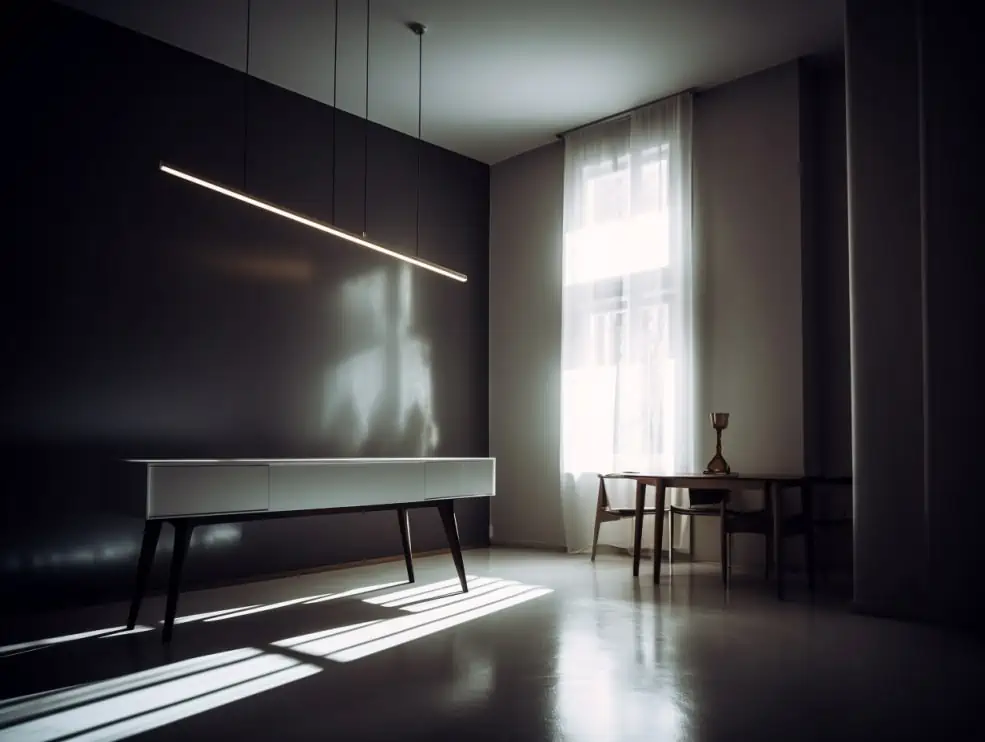
Choosing the Right Color Temperature
Assessing your lighting needs
The ideal color temperature depends on the specific needs and preferences of the space. Consider the purpose of the room, the desired atmosphere, and any specific tasks that require optimal lighting conditions.
Factors to consider
1. Room size
Larger spaces may benefit from cooler, brighter lighting (5000K) to ensure even illumination, while smaller rooms might feel cozier with warmer lighting (2700K).
2. Color scheme
Consider how the color temperature of your lighting will interact with the colors in your space. Warm lighting (2700K) complements warm-toned interiors, while cool lighting (5000K) works well with cooler color schemes.
3. Functionality
Choose a color temperature that supports the primary activities in the room, whether it’s relaxation, focus, or visibility.
Mixing 2700K and 5000K
Benefits of combining color temperatures
Mixing 2700K and 5000K lighting can create a dynamic, visually interesting space that caters to various needs and preferences. You can check LEDYi tunable white led strip.
Creative lighting techniques
Layered lighting, which combines ambient, task, and accent lighting, allows you to incorporate different color temperatures for different purposes. For example, use 2700K for ambient lighting and 5000K for task lighting in a home office.
Avoiding common pitfalls
When mixing color temperatures, be mindful of potential issues like color clashing and uneven illumination. Ensure that the combination of color temperatures is visually harmonious and serves the intended purpose.
LED Lighting and Color Temperature
Advantages of LED lighting
LED lights offer numerous benefits, including energy efficiency, long lifespan, and minimal heat output. They also provide a wide range of color temperatures, making it easy to find the perfect lighting solution for your needs.
Tunable white LED technology
Tunable white LEDs allow you to adjust the color temperature of your lighting, providing greater flexibility and customization. This technology can be particularly useful in spaces where lighting needs change throughout the day or depending on the activity.
How to choose the right LED bulb
When selecting an LED bulb, consider factors such as color temperature, brightness (lumens), and compatibility with your existing fixtures. Look for bulbs with a high color rendering index (CRI) to ensure accurate color reproduction.
Related Articles
2700K VS 3000K: Which One Do I Need?
3000K vs 4000K: Which Type of Lighting is Good For Home?
Understanding the Differences Between 4000K and 5000K LED Color Temperatures
FAQs
Yes , mixing 2700K and 5000K bulbs in the same room can create a dynamic and visually interesting space. Be sure to consider the overall harmony and functionality of the room when combining different color temperatures.
For a home office, a combination of 2700K (ambient lighting) and 5000K (task lighting) can provide the ideal balance between relaxation and focus. Alternatively, you may prefer a single color temperature, such as 4000K, which offers a neutral white light suitable for both work and relaxation.
Exposure to cooler, higher color temperature light (5000K) in the evening can disrupt the production of melatonin, the hormone responsible for regulating sleep. Warmer, lower color temperature light (2700K) is less disruptive to sleep patterns and is recommended for use in the evening and in bedrooms.
Both 2700K and 5000K can help reduce eye strain if used appropriately. Warm, 2700K light can minimize eye strain during relaxation, while cool, 5000K light can improve visibility and focus during task-oriented activities. Consider the primary function of the space when selecting the best color temperature for reducing eye strain.
The ideal color temperature for showcasing artwork depends on the specific colors and tones in the piece. Warm-toned artwork may be enhanced by 2700K lighting, while cooler-toned pieces might appear more vibrant under 5000K light. For optimal color rendering, choose bulbs with a high color rendering index (CRI).
For retail spaces, a mixture of color temperatures can create an appealing and dynamic environment. Warmer color temperatures like 2700K to 3000K can create an inviting atmosphere, while 4000K to 5000K lighting can enhance product displays and help customers see details more clearly. The specific color temperature will depend on the type of merchandise and the desired ambiance.
You can usually find the color temperature of a light bulb listed on the packaging or the bulb itself. Look for a number followed by the letter “K,” which indicates the Kelvin temperature. If you’re unable to locate this information, you can compare your bulb’s light output to reference images of various color temperatures or use a color temperature meter for a more accurate reading.
No, LED bulbs are available in a wide range of color temperatures, from warm white (2700K) to daylight (6500K) and everything in between. When purchasing LED bulbs, be sure to check the packaging for the specific color temperature to ensure it meets your needs.
The color temperature of a bulb does not directly impact its energy efficiency. Energy efficiency is primarily determined by the type of bulb (e.g., LED, CFL, incandescent) and its wattage. Both 2700K and 5000K bulbs can be energy-efficient if they are LEDs or other energy-saving bulb types.
Color temperature can have an impact on plant growth in indoor gardens. Plants typically require a mix of cool and warm light for optimal growth. Cool light (5000K-6500K) promotes vegetative growth, while warmer light (2700K-3000K) encourages flowering and fruiting. For the best results, use a combination of cool and warm light or choose specialized grow lights designed to provide the appropriate spectrum for plant growth.
Conclusion
Understanding the differences between 2700K and 5000K color temperatures is crucial for creating the perfect lighting atmosphere in your space. Consider the desired ambiance, functionality, and personal preferences when choosing between these color temperatures.
Proper lighting can significantly impact the look and feel of your space, as well as your overall well-being and productivity. By selecting the appropriate color temperature for your needs, you can enhance your environment and create a more enjoyable experience.
Don’t be afraid to experiment with different color temperatures and lighting techniques to find the perfect balance for your space. Mixing 2700K and 5000K lighting, utilizing tunable white LED technology, and layering different color temperatures can help you create a dynamic and customized lighting solution that suits your unique needs and preferences.
As a leading LED strip manufacturer in China, LEDYi offers a wide range of high-quality LED lighting products, including various color temperatures to cater to different requirements. By partnering with LEDYi, you’ll benefit from their expertise and experience in creating the ideal lighting solution for your space. Don’t hesitate to reach out to LEDYi to discuss your lighting needs and explore the possibilities they have to offer.
